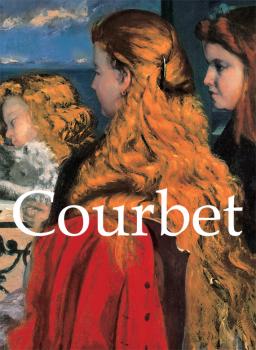ТОП просматриваемых книг сайта:
Confidential Concepts, Inc.
Все книги издательства Confidential Concepts, Inc.Аннотация
Информация о книге
Автор произведения Tamara Woronowa
Жанр Изобразительное искусство, фотография
Серия Mega Square
Аннотация
Информация о книге
Автор произведения Lyudmila Milyayeva
Жанр Изобразительное искусство, фотография
Серия Mega Square
Аннотация
Информация о книге
Автор произведения Donald Wigal
Жанр Изобразительное искусство, фотография
Серия Mega Square
Аннотация
Информация о книге
Автор произведения Victoria Charles
Жанр Изобразительное искусство, фотография
Серия Mega Square
Аннотация
Информация о книге
Автор произведения Alexandre F. Tcherviakov
Жанр Изобразительное искусство, фотография
Серия Mega Square
Аннотация
Аннотация
Информация о книге
Автор произведения Patrick Bade
Жанр Изобразительное искусство, фотография
Серия Mega Square
Аннотация
Аннотация
Информация о книге
Автор произведения Elisabeth Ingles
Жанр Изобразительное искусство, фотография
Серия Mega Square
Аннотация
Информация о книге
Автор произведения Jean Lahor
Жанр Изобразительное искусство, фотография
Серия Mega Square










